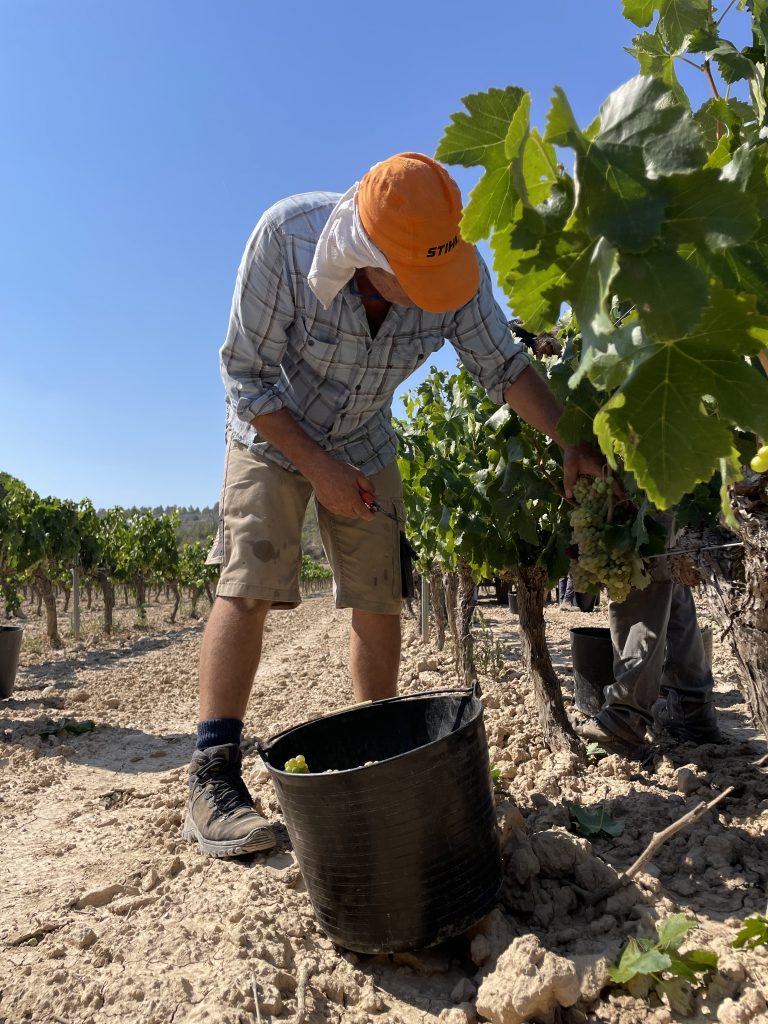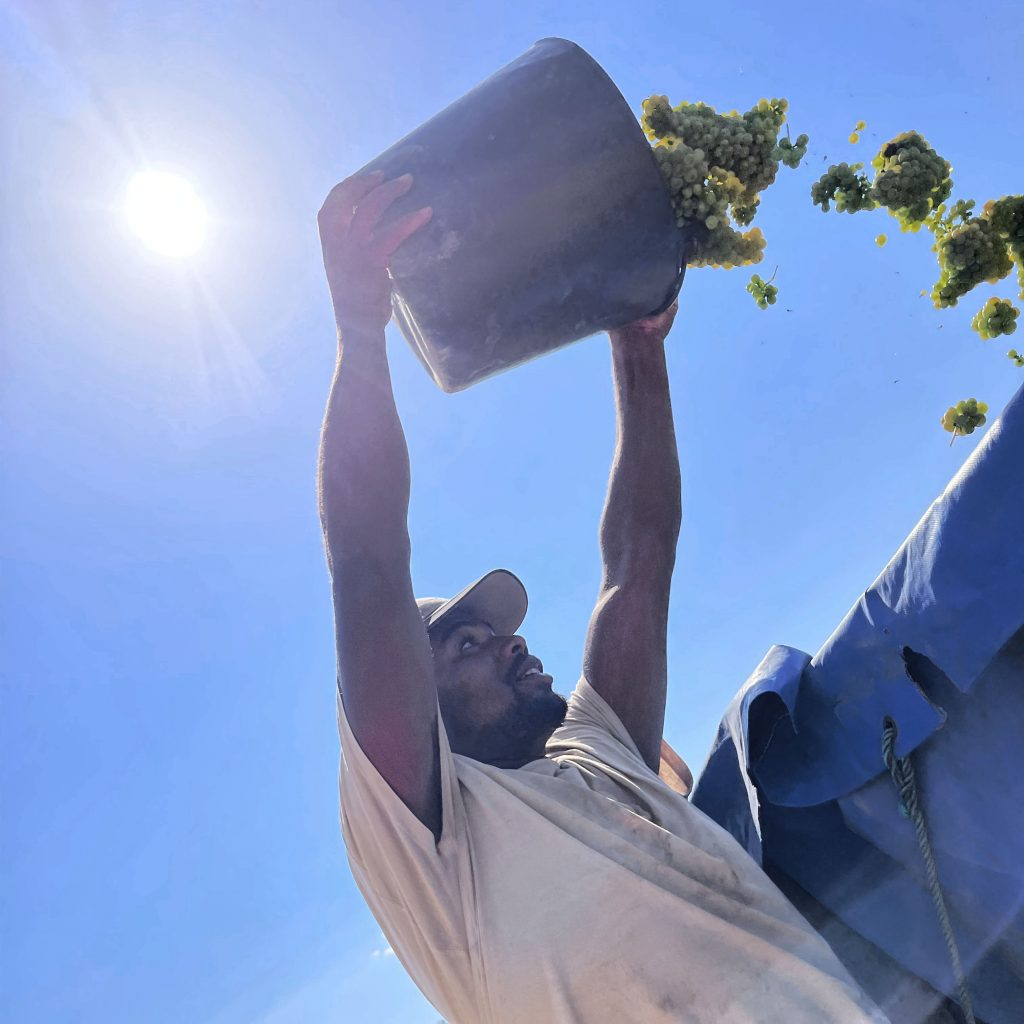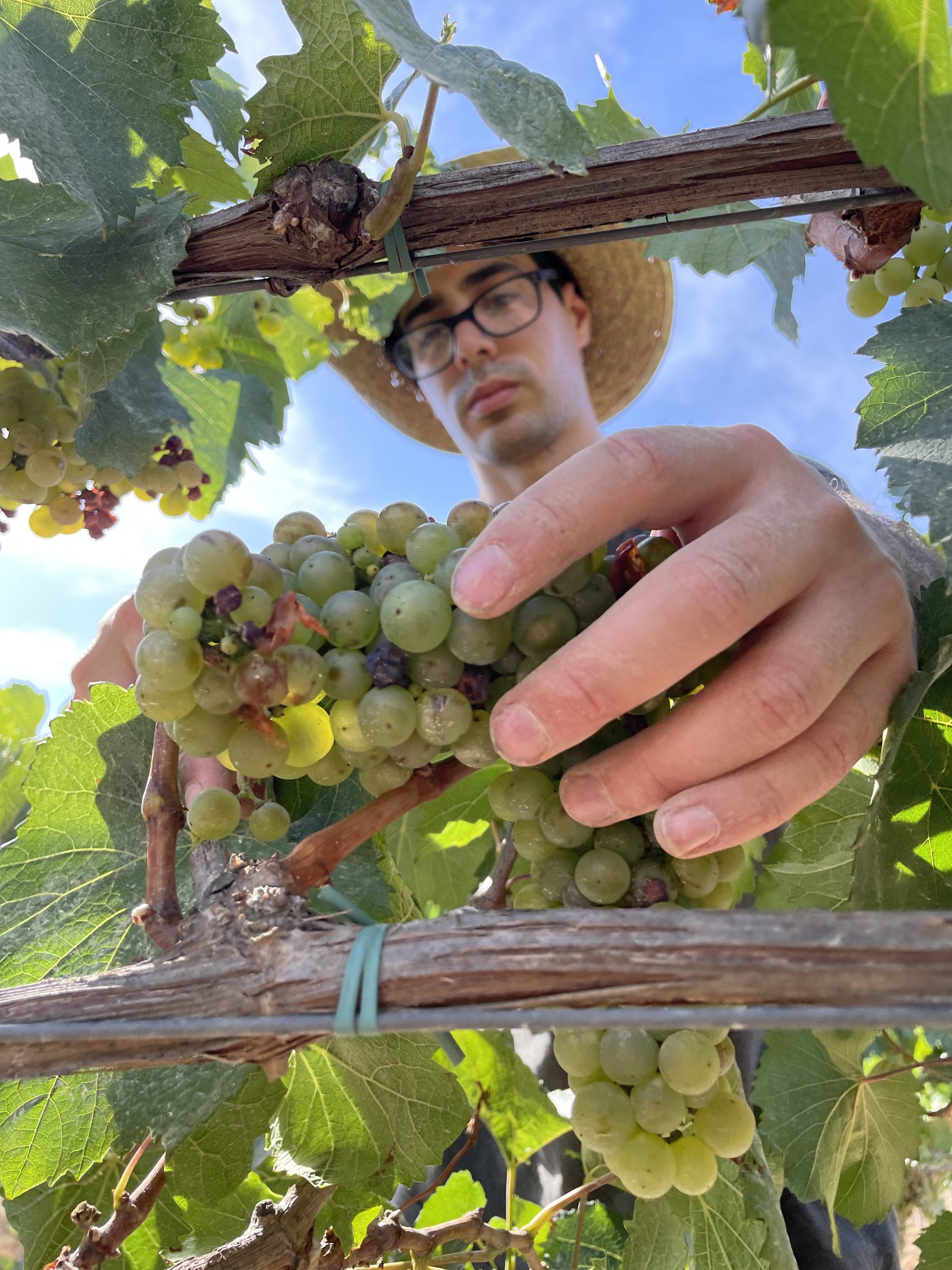The water factor is once again key in this campaign that will be marked by a reduction of between 30 and 50% of the harvest, in a year in which the health of the grapes is excellent
L’Olivera has begun the 2023 harvest. August 21st was the date on which the earliest ripening varieties began to be harvested, in a campaign that was marked by the accumulated drought of the last two years. The absence of rain and snowfall in autumn, added to the drought that was already dragging on from the previous year, has increased the water stress of the plants. This has affected their development, resulting in a smaller grape and, consequently, a reduction in yield that, in the case of L’Olivera, is expected to be uneven.
Thus, while the vineyards located on the slopes may suffer a 50% reduction in production, the flat farms located on terraces and valley bottoms will have reasonable productions, some 30% less yield, taking into account the dry conditions this year. In this sense, the production manager at L’Olivera, Pau Moragas, values the importance of dry-stone walls as an element that adapts the landscape to the scarcity of water typical of the area. “We have resilient vineyards thanks to this landscape that we strive to maintain”, he explains.


On the other hand, the low humididty has meant that the vineyard has not been affected by fungal diseases and, therefore, high-quality healthy grapes are expected. It will be necessary to see how the weather evolves these days, which will mark the evolution of the ripening of the grapes and the seasonality of this campaign.
However, in a broader sense, this panorama, which will be difficult in the coming years due to the scarcity of water, poses different challenges: on the one hand, of production, with varieties adapted to the conditions of the landscape and, on the other, of price. “We need to translate the effort and quality of viticulture into prices that allow the work of viticulturists to be valued, in the increasingly complicated conditions in which they work. And we neeed to make that understandable to the public”.
Harvest in Can Calopa
In the Can Calopa de Dalt vineyard, in the Collserola Natural Park, in Barcelona, the situation is quite similar. However, the drought is compounded by the pressure of wildlife, especially wild boar, which has been affecting the farm for years. Even though measures have been taken, such as the erection of nets in the vineyard, the lack of hunting controls means that wild boar colonies expand over more and more territory and the need to look for food means that the animals force their way through the nets that protect the vineyard. According to the production manager at Can Calopa, Íñigo Haughey, between 15 and 20% of the harvest in the Collserola vineyard has been lost due to wild boar.
However, this week the harvest has begun in Can Calopa, and close to 1,200 kilos of Xarel·lo have been collected, that will be used to make a new wine, a white Vinyes de Barcelona. This is the first white wine from L’Olivera in Can Calopa, which comes from the vines that were replanted in 2020, thanks to a crowdfunding campaign. It is, therefore, the first vintage of this new Xarel·lo estate, from which it is expected that some 1000 bottles of the new white wine will be produced.
